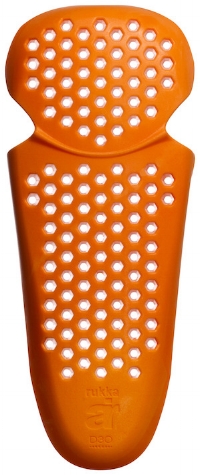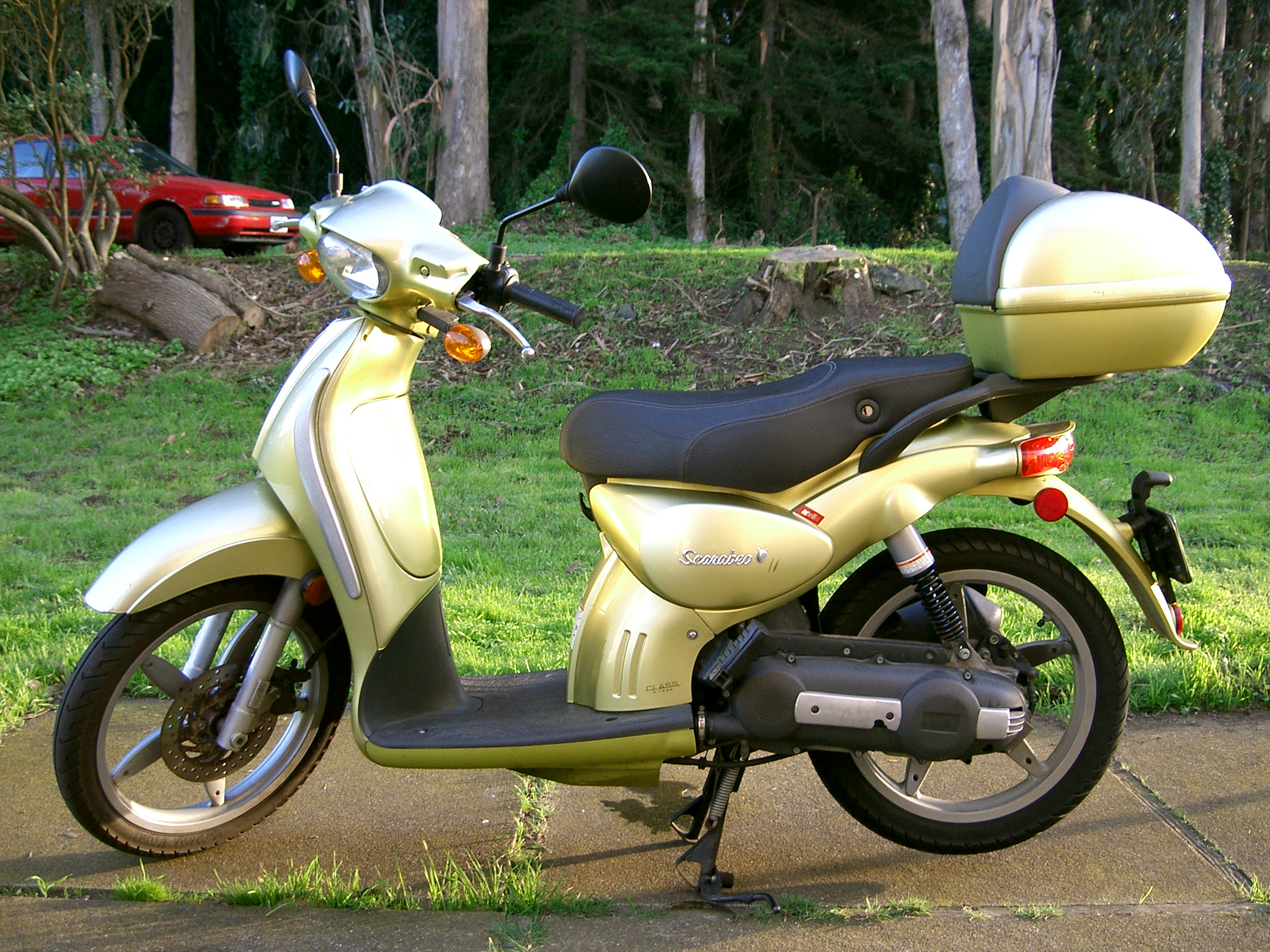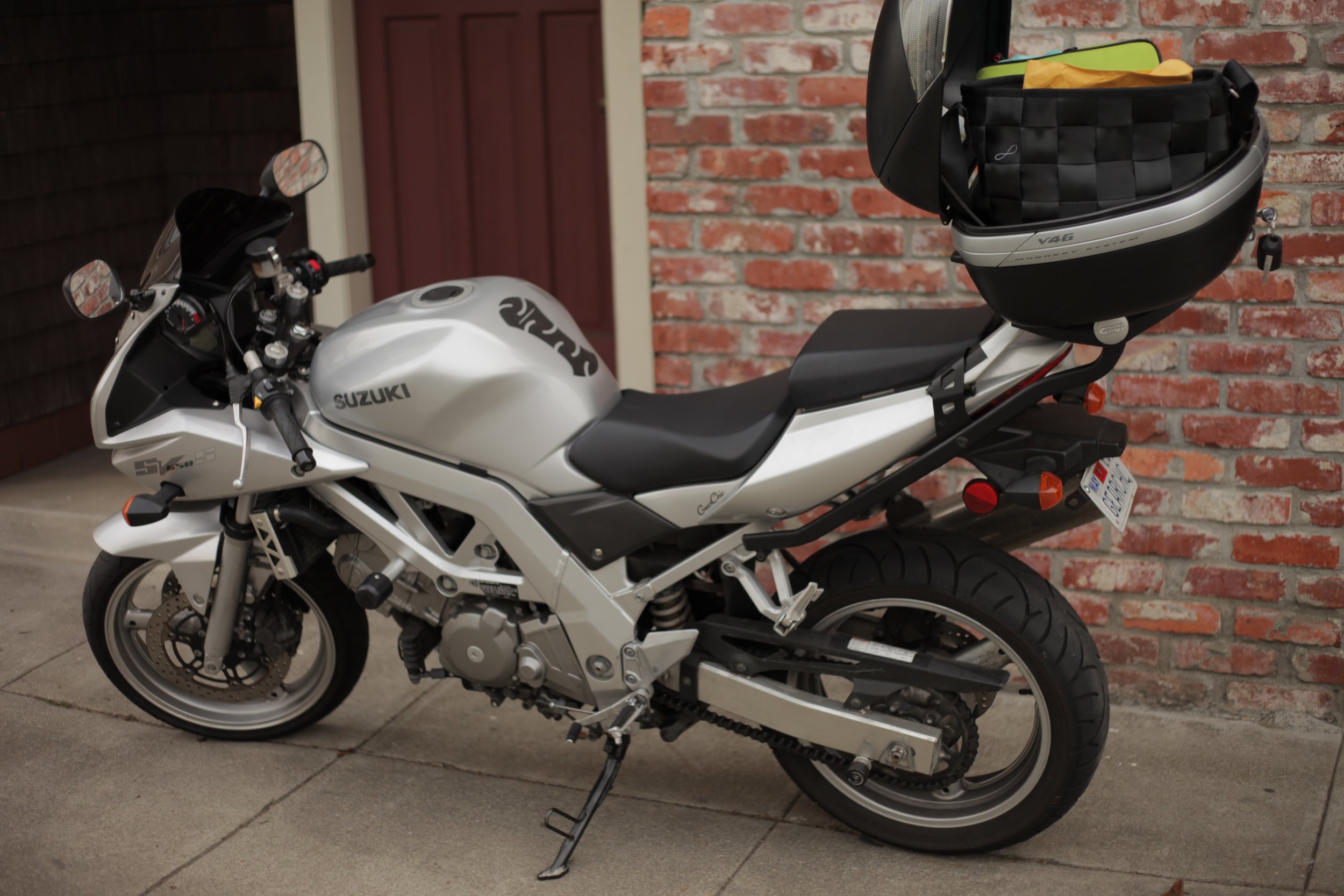The new Custom Works is a fully updated multi-channel experience. Accessible via the Dainese website, the brand-new 3D configurator allows each motorcyclist to personalize his/her leather suit, jacket or pants in real time, with a simple, engaging and interactive digital experience. The customer can see a preview of the garment, change the colors of the various parts, select accessories (plates, sliders), and upload words and images that are immediately visible on the 3D garment.
Once the design is complete, the biker saves the model and books an appointment during which sizes are taken. The purchase is then completed at a Certified Custom Works Center - a network of stores authorized and certified by Dainese to offer the Custom Works service.
The 25 anatomical measurements needed for the personalized garment are taken with the support of a specialized consultant. Special consideration is also given to the customer's specific needs and the expected use of the product. At the Store, customers can actually touch the technology, materials, finishes and accessories that give life to the most advanced Grand Prix leather suits and that are also used to create the customized garment.
With Custom Works, every customer can wear an absolutely unique Dainese garment.
When I clicked on the configurator to see what options were available for women, I found two track suits:
- Laguna Seca 4 $1299 - more aggressive race fit, more stretch panels and tighter overall
- Avro - $999, relaxed fit, not a full race cut
If I chose a custom design/color, it was an additional $629. After that, I could pick a custom shoulder slider which is available in fun colors ($47.95) or the flag of your choice for an additional $94.95. These are all costs in addition to the MSRP of $1299.























